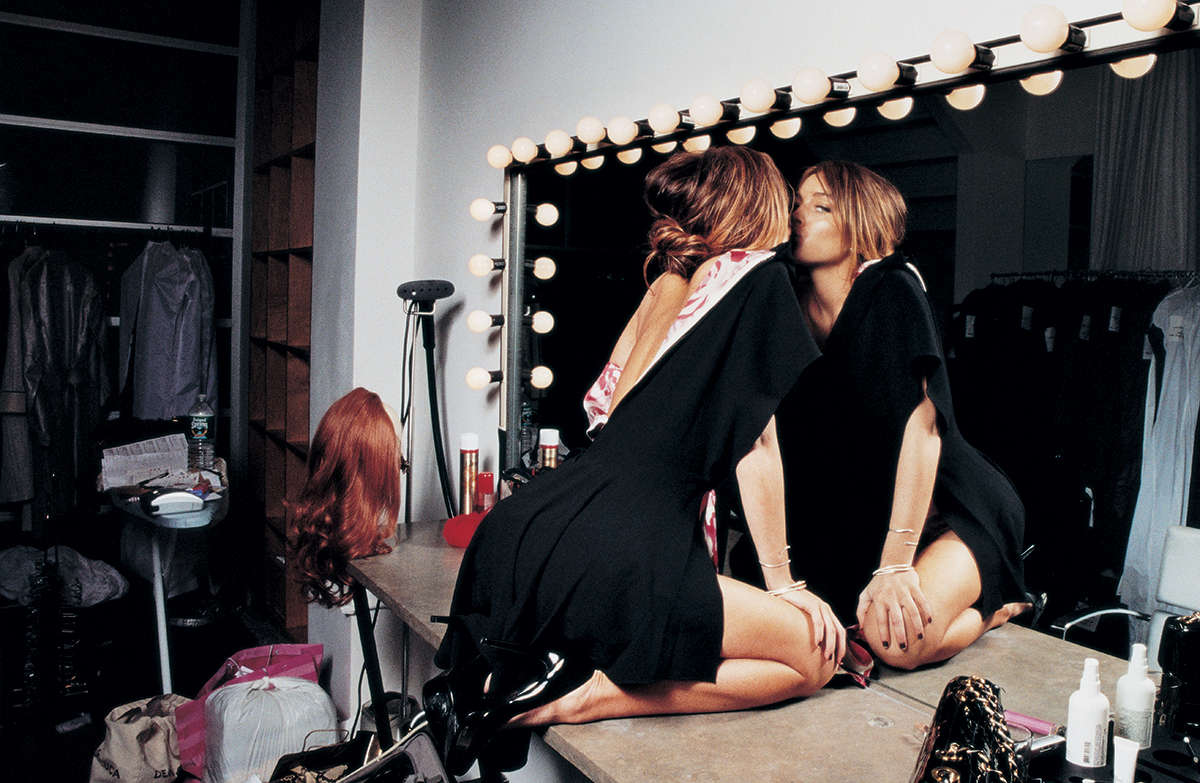There is one moment in Lindsay Lohan’s rollercoaster of a life that I truly admire. And it’s neither in her cinematic choices, haphazard fashion choices or rehab etiquette. I shall always love her for the first time she casually rocked up on a red carpet hand-in-hand with girlfriend Samantha Ronson. After Calum Best and Robbie Williams, she had added yet another rugged, foul-mouthed pretty face to her list of conquests – who, incidentally, happened to be female. But LiLo didn’t feel compelled to come out nor make a large statement about it. It wasn’t a permanent life choice and she didn’t revamp her whole media image to seduce a potential LGBT public. The pair dated for under a year, broke up, and both moved on to other love affairs.
Unwittingly, Lohan became the pioneer of a current, furiously-mediatized phenomenon: sexual fluidity. In other words, the social (and professional) acceptance that sexual orientation is not a static, irreversible choice encapsulated under a rigid label. Rather, it can evolve freely over a lifetime, “changing as women move through the stages of life, various social groups, and most important, different love relationships” believes Lisa M Diamond in her book ‘Sexual Fluidity’.
It’s hard not to think of Cara Delevingne of course. After much frolicking with Jake Bugg, she candidly moved onto Michelle Rodriguez (and fueled rumours surrounding her friendship with Rita Ora, thanks to her ‘Wifey’ t-shirt). Pourquoi pas? “I’m young, I’m having fun. People can say what they want, but I’m having a good time” she told the Telegraph about the matter.
Today, she has made label-lessness a personal cause: she recently posed for the campaign ‘Self-Evident Truths’, a photographic project founded by artist iO Tillett Wright portraying a wide variety of people who identify as “anything other than a 100 percent straight”, aiming to erase boundaries between ‘gay’, ‘bi’ and ‘trans’. “Stop Labeling, start living!” Cara shouted on her Instagram account in unison.
Recent examples are numerous: Orange is the New Black writer Lauren Morelli, recently left her husband and is now dating Samira “Poussey” Wiley; Orlando Bloom-less Miranda Kerr told the media that she “appreciates both men and women” and is looking to explore new territories. Rapper Angel Haze and girlfriend Ireland Baldwin make no secret of their relationship on social media; Azealia Banks proudly sings about her open-ness. According to NATSAL (the National Survey of Sexual Attitudes and Lifestyles), the number of women having same sex partners has shifted from 1.8% to 7.9% in 20 years.
What is already (and rather frighteningly) described by marketing experts as ‘heteroflexibility’ also mirrors a desire not to be defined by one’s sexual partner “and all the clichés that go with it” said Tess Lochanski, a reporter and editor specialized in the matter at French weekly Le Nouvel Observateur. “Heterosexuality is a form of contract with the state, and a promise of feminine domesticity. Today, in view of a shattered economy and loss of faith in the government, we are after an all-mighty freedom” she said adding that these relationships are “not sexy provocation, but a way of militating against dusty, conservative norms”
One issue still remains: this phenomenon is still largely dominated by women. Male fluidity is comparatively ignored, hushed, viewed as destabilizing in our phallocentric, male-dominated culture. I long to see the day where Romeo Beckham, Harry Styles or simply my little brother will bring a boyfriend back home to meet the family.
Credits
Text Alice Pfeiffer
Photography Matt Jones
Styling Rachel Zoe.
[The Wealth Issue, No. 269, September 2006]
